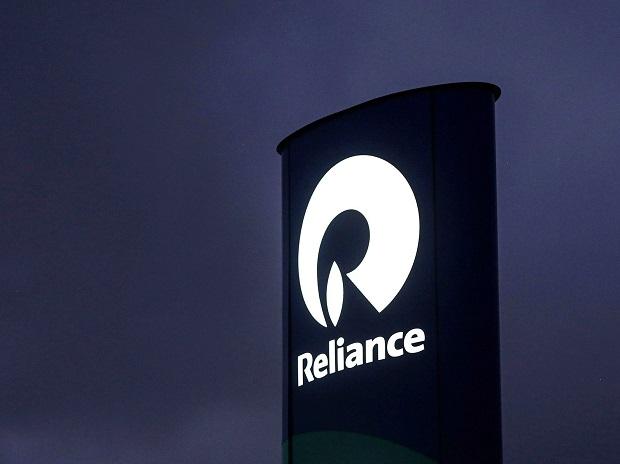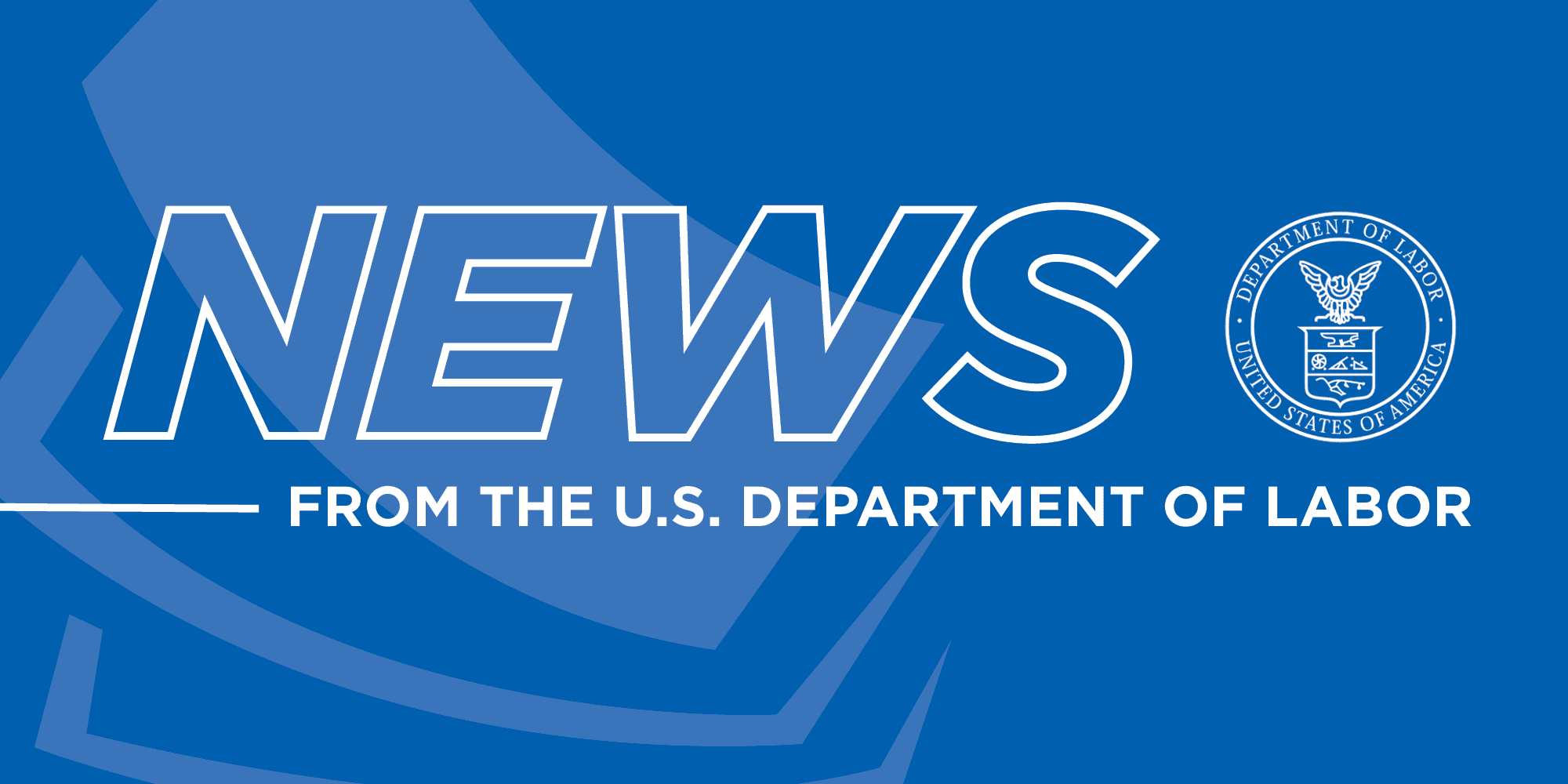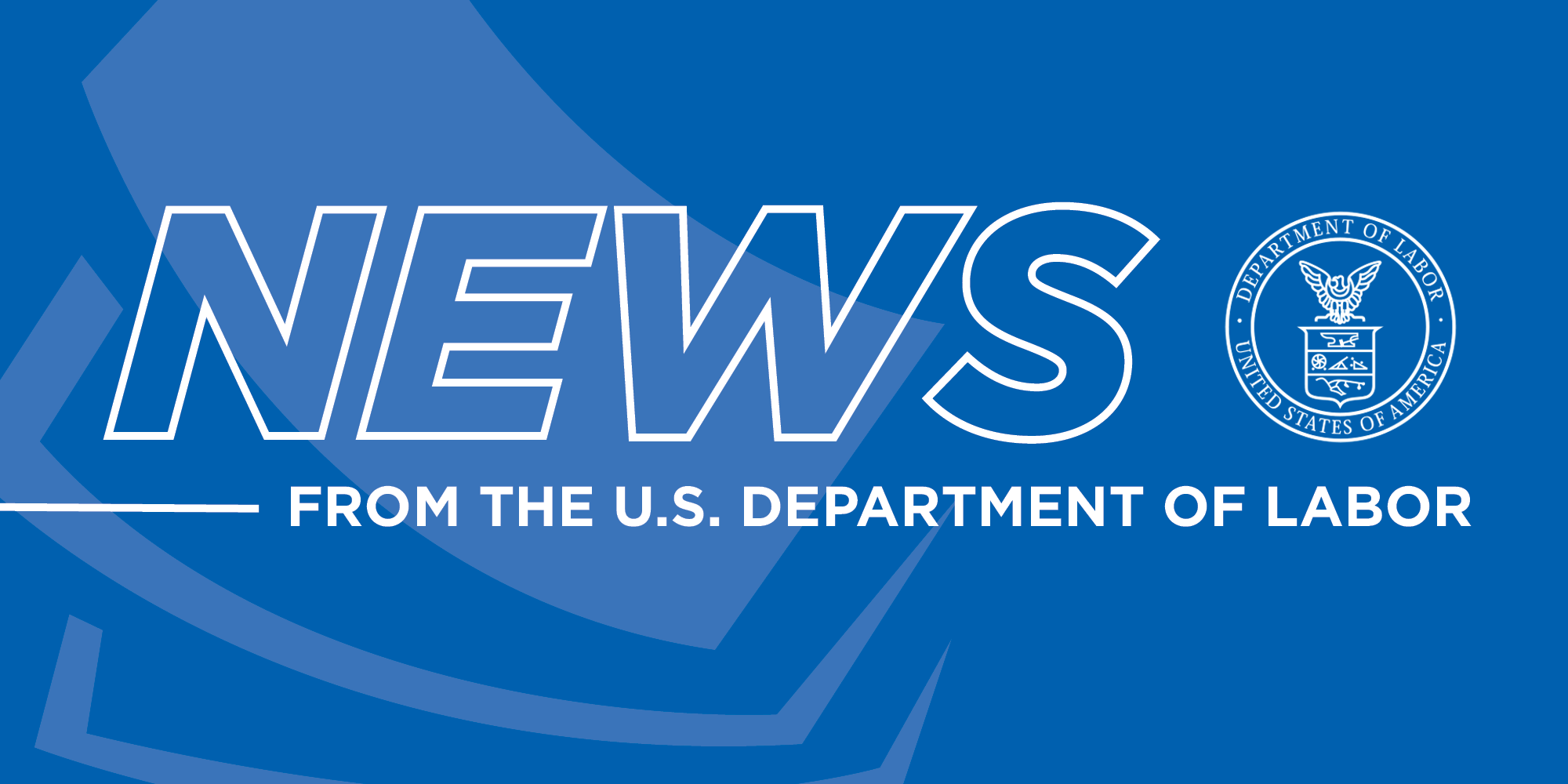Mukesh Ambani-led Reliance Industries (RIL) on Friday reported a consolidated net profit (attributable to the company’s owners) of Rs 15,792 crore for the quarter ended December 31, 2022 (Q3). This was down nearly 15 per cent over the year-ago period figure of Rs 18,549 crore, but a tad ahead of expectations.
A poll of brokerages by Bloomberg had pegged net profit at Rs 15,611 crore for Q3 of 2022-23, implying that analysts had factored in a drop in bottomline. This was owing to the volatility in global crude prices during the October-December period, sector experts.
Moreover, interest and depreciation expenses jumped as RIL undertook expansion in its retail and telecom businesses.
Additionally, other income fell by 22.2 per cent to Rs 3,147 crore in Q3, FY23 from Rs 4,047 crore a year ago, and income tax for the quarter increased by 12.3 per cent to Rs 5,266 crore from Rs 4,688 crore a year ago. Last, but not the least, RIL had also reported an exceptional income of Rs 2,836 crore in the year-ago quarter. Profit before exceptional items and tax was up 3 per cent year-on-year to Rs 23,072 crore.
Sequentially, RIL reported a 15.6 per cent growth in net profit. The YoY and sequential growth in net profit was driven by the retail, telecom, oil-and-gas production businesses.
The board also approved raising Rs 20,000 crore through non-convertible debentures on Friday.
Excluding goods and services tax and excise duty, net sales surged nearly 17.4 per cent YoY to Rs 2.17 trillion for the reported quarter, well below the street estimate of Rs 2.29 trillion. Sequentially, net sales was down 5.6 per cent.
The average Brent crude price during the December quarter was $88 to a barrel, which was lower than the average Brent crude price in the September quarter (which stood at $99 to a barrel) by 11.11 per cent, data shows. This impacted the topline of RIL’s oil-to-chemicals business, which accounted for 54 per cent the company’s consolidated gross segment revenues. The oil-to-telecom conglomerate’s gross sales for the quarter came in at Rs 2.4 trillion, which was up nearly 15 per cent over the year-ago period, but down 5.13 per cent sequentially.
Mukesh Ambani, chairman and managing director, RIL, in a statement, said: “In O2C (oil-to-chemicals) business, middle distillate product fundamentals remain strong with firm demand, constrained supply, and high natural gas prices in Europe. Downstream chemical products witnessed margin pressure with excess supply and relatively weak regional demand. Our focus remains on operating safely and reliably producing vital fuel and materials for consumers. Jio delivered record revenues and EBITDA driven by strong momentum in customer growth and data consumption. This quarter we launched True 5G services. And pur retail business had another quarter of strong progress with more Indians choosing to shop at Reliance Retail stores.”
Consolidated earnings before interest, tax, depreciation and amortisation (Ebitda) increased 13.5 per cent YoY to Rs 38,460 crore in Q3, beating the estimate of Rs 33,551 crore. Sequentially, it was up 11 per cent, its results showed.
The performance at net-profit level versus last year was subdued, in part because of the lower throughput in oil-to-chemicals (O2C), thanks to planned maintenance and inspection activity during the quarter, RIL said.
While revenue of RIL’s O2C businesss, its largest segment, grew 10 per cent year-on-year to Rs 1.44 trillion, output was lower by nearly 5 per cent versus last year at 18.8 million tonnes. Reliance Retail Ventures reported 6.2 per cent YoY growth in consolidated net profit to Rs 2,400 crore. Revenue increased 17 per cent on year to Rs 67,623 crore.
RIL said that Reliance Jio 5G services was now available in 134 cities and towns. And that Jio would connect over 100 million premises with JioFiber and JioAirFiber. Also, the upstream oil & gas business saw sustained production from its KG D6 block with higher realization. The company also said that it was on track to reach 30 million metric standard cubic meter per day (MMSCMD) of gas production in FY24 after the commissioning of the MJ field at the KG D6 block.
In an earnings call on Friday, the company said that incremental production and higher prices in its oil & gas business would support Ebitda growth in the future.
On Friday, ahead of the results, the RIL scrip closed 1.15 per cent down on the BSE at Rs 2,442.70.
In the last one year, the index heavyweight is 1.5 per cent down on the BSE, even as the BSE Sensex is up 2 per cent.
At 8.30 pm India time on Friday, RIL’s GDR (representing two equity shares) was flat at $60 on the London Stock Exchange.
The O2C Ebitda grew by 3 per cent YoY to Rs 13,926 crore as the strength in middle distillate cracks was partially offset by weak margins across polymer, polyester chain, and light distillates products, RIL said.
Jio Platforms registered a 21 per cent YoY growth in revenue to Rs 29,195 crore. This was the highest-ever quarterly sales. EBITDA of Rs 12,900 crore too was at a record high, growing 26 per cent YoY.
The growth in the topline was driven by a steady increase in both the subscriber base and average revenue per user (ARPU) for the connectivity business. Strong revenue and margin improvement drove the operational performance.
As on December 31, the total customer base of Reliance Jio was 432.9 million, compared with 427.6 million a quarter ago.
But the net addition of subscribers was lower than expected at 5.3 million, even as gross additions remained strong at 34.2 million.
On the new energy businesses, the company said in the earnings call that it was making rapid progress towards implementation of new energy Giga factories at Jamnagar.




